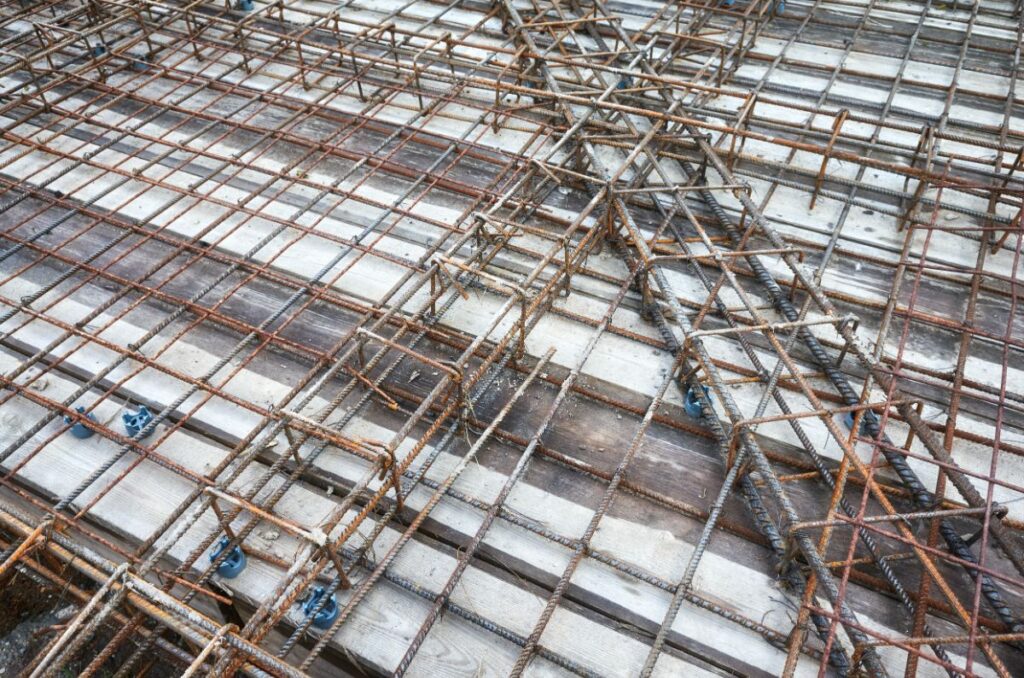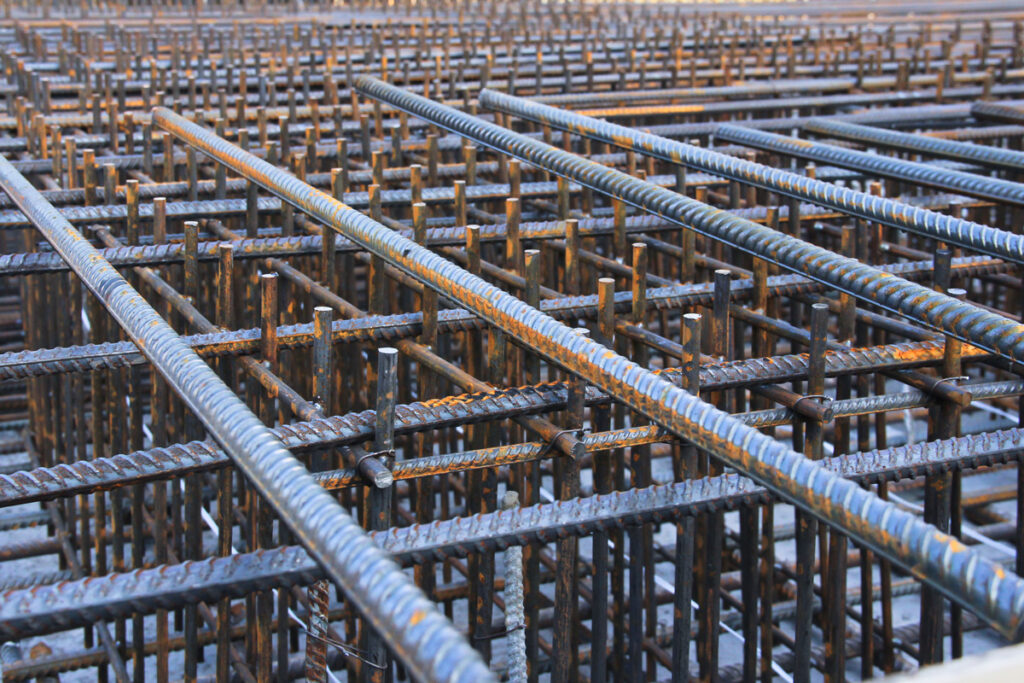The Importance of Reo Bar for Reinforced Concrete Structures
By Amelie Falconer / March 25, 2025 / No Comments / Reo Bar
Table of Contents
ToggleReinforced concrete is a fundamental material in modern construction, providing strength and durability to structures ranging from bridges to high-rise buildings. At the heart of this composite material lies the use of reo bar, or reinforcing bar, which plays a crucial role in enhancing the performance of concrete. This article explores the significance of reo bar in reinforced concrete structures, examining its benefits, applications, and the principles behind its use.
Understanding Reo Bar
What is Reo Bar?
Reo bar, short for reinforcing bar, is a steel bar or mesh used to reinforce concrete. It is designed to bear tensile loads, which concrete alone cannot withstand effectively. The combination of concrete and reo bar creates a composite material with superior structural integrity, allowing it to resist various stresses and strains.
The Reo Bar is typically made from carbon steel and come in various diameters and lengths, depending on the specific requirements of a project. They are often ribbed or deformed to improve the bond between the steel and the concrete, ensuring that the two materials work together seamlessly under load. The manufacturing process of reo bar involves careful attention to quality control, as the strength and durability of the final product are paramount. This ensures that the bars can withstand harsh environmental conditions, including corrosion and extreme temperatures, which is particularly important in regions prone to such challenges.

The Role of Reo Bar in Concrete
Concrete is exceptionally strong in compression but weak in tension. This limitation can lead to cracking and structural failure if not addressed. Reo bar compensates for this weakness by providing tensile strength, allowing the concrete to withstand bending, stretching, and other forces that could compromise its integrity.
When concrete is poured around reo bar, the two materials bond together. As the concrete hardens, it encases the reo bar, creating a composite structure that can handle various loads. This synergy is vital for the safety and longevity of any reinforced concrete structure. Furthermore, the placement of reo bar within the concrete is meticulously planned, as the positioning can significantly affect the overall performance of the structure. Engineers often use detailed calculations and simulations to determine the optimal layout and quantity of reo bar required, ensuring that the final construction is not only robust but also cost-effective. The use of advanced technologies, such as 3D modelling and finite element analysis, has revolutionised the way engineers approach the integration of reo bar in concrete, leading to safer and more efficient designs.
Read about lvl formwork on: What to Know About LVL Formwork Prices and How They Impact Your Budget
Benefits of Using Reo Bar
Enhanced Structural Strength
The primary advantage of incorporating reo bar into concrete is the significant increase in structural strength. By adding tensile reinforcement, structures can support heavier loads and resist bending forces more effectively. This enhancement is particularly important in applications such as bridges, where dynamic loads from traffic can create substantial stress.

Moreover, the use of reo bar allows for the design of slimmer structural elements without compromising safety. This can lead to more aesthetically pleasing designs and reduced material costs, as less concrete may be required to achieve the same structural performance.
Improved Durability and Longevity
Reinforced concrete structures tend to have a longer lifespan compared to those made from unreinforced concrete. The presence of reo bar helps to mitigate the risk of cracking and spalling, which can be caused by environmental factors such as temperature fluctuations and moisture exposure. Learn more about temperature on https://web.fscj.edu/Milczanowski/psc/lect/Ch4/slide3.htm
Additionally, reo bar can be treated with protective coatings or galvanised to prevent corrosion, further enhancing the durability of the structure. This is particularly important in aggressive environments, such as coastal areas or locations with high levels of de-icing salts.
Cost-Effectiveness
While the initial cost of reo bar may seem high, its long-term benefits often outweigh these expenses. The enhanced strength and durability of reinforced concrete can lead to lower maintenance costs and reduced need for repairs over time.
Furthermore, the ability to design smaller structural elements can result in savings on materials and construction costs. In many cases, the use of reo bar can lead to a more efficient use of resources, making it a cost-effective choice for builders and developers.
Applications of Reo Bar in Construction
Residential Buildings
In residential construction, reo bar is commonly used in foundations, walls, and slabs. The reinforcement provided by the bars ensures that homes can withstand various loads, including those from furniture, occupants, and environmental factors such as wind and earthquakes. To learn more about environmental click here.
In particular, the use of reo bar in foundations is critical, as this is the part of the structure that bears the most significant load. Properly reinforced foundations can help prevent settling and shifting, which can lead to structural issues over time.
Commercial Structures
Commercial buildings often require more robust structural solutions due to their size and the loads they must support. Reo bar is essential in the construction of office buildings, shopping centres, and warehouses, where large open spaces and heavy equipment may be present.
The use of reo bar allows for the creation of expansive floor plans without the need for excessive columns or support walls, providing flexibility in design and functionality. This adaptability is a significant advantage in commercial construction, where space optimisation is often a priority.
Infrastructure Projects
Infrastructure projects, such as bridges, tunnels, and highways, heavily rely on the strength and durability provided by reo bar. These structures are subjected to dynamic loads from vehicles, environmental stressors, and natural disasters, making reinforcement essential.
For instance, in bridge construction, reo bar is used in both the deck and the supporting beams to ensure that the structure can handle the weight of traffic while remaining stable over time. The use of reo bar in these applications is not just beneficial; it is often a requirement to meet safety standards and regulations.
Design Considerations for Reo Bar
Standards and Regulations
When designing reinforced concrete structures, it is essential to adhere to relevant standards and regulations. These guidelines dictate the specifications for reo bar, including its size, spacing, and placement within the concrete.
Compliance with these standards ensures that the structure will perform as intended and can withstand the expected loads and stresses. Engineers and architects must work closely to ensure that all design elements meet these requirements while also considering aesthetic and functional aspects.
Load Calculations
Accurate load calculations are vital when determining the appropriate amount and placement of reo bar in a structure. Engineers must consider various factors, including live loads, dead loads, and environmental conditions, to ensure that the design is safe and effective.
Using advanced software and modelling techniques, engineers can simulate how the structure will behave under different conditions, allowing for precise adjustments to the design. This process helps to optimise the use of reo bar, ensuring that it is used efficiently without compromising safety.
Environmental Considerations
As sustainability becomes increasingly important in construction, the environmental impact of materials used in reinforced concrete is under scrutiny. Reo bar manufacturers are exploring ways to reduce the carbon footprint of steel production, such as using recycled materials or more energy-efficient processes.
Additionally, incorporating eco-friendly practices in the design and construction phases can enhance the sustainability of reinforced concrete structures. This includes using alternative materials for concrete or exploring innovative designs that minimise resource consumption while maintaining structural integrity.
Conclusion
The significance of reo bar in reinforced concrete structures cannot be overstated. Its ability to enhance strength, durability, and cost-effectiveness makes it an indispensable component in modern construction. From residential buildings to large infrastructure projects, the role of reo bar is crucial in ensuring that structures can withstand the test of time and environmental challenges.
As the construction industry continues to evolve, the importance of using high-quality reo bar and adhering to design standards will remain paramount. By understanding the benefits and applications of reo bar, stakeholders can make informed decisions that contribute to the safety, efficiency, and sustainability of reinforced concrete structures.
